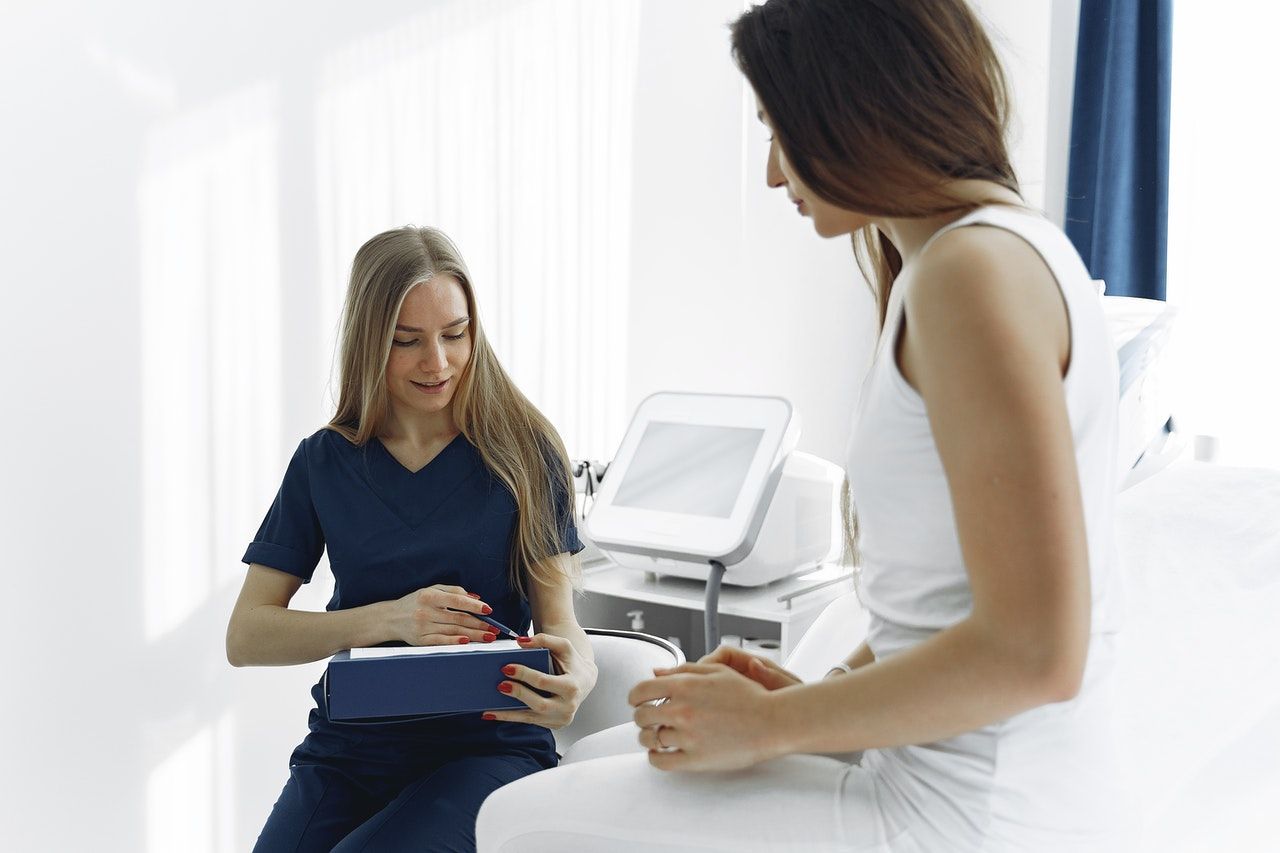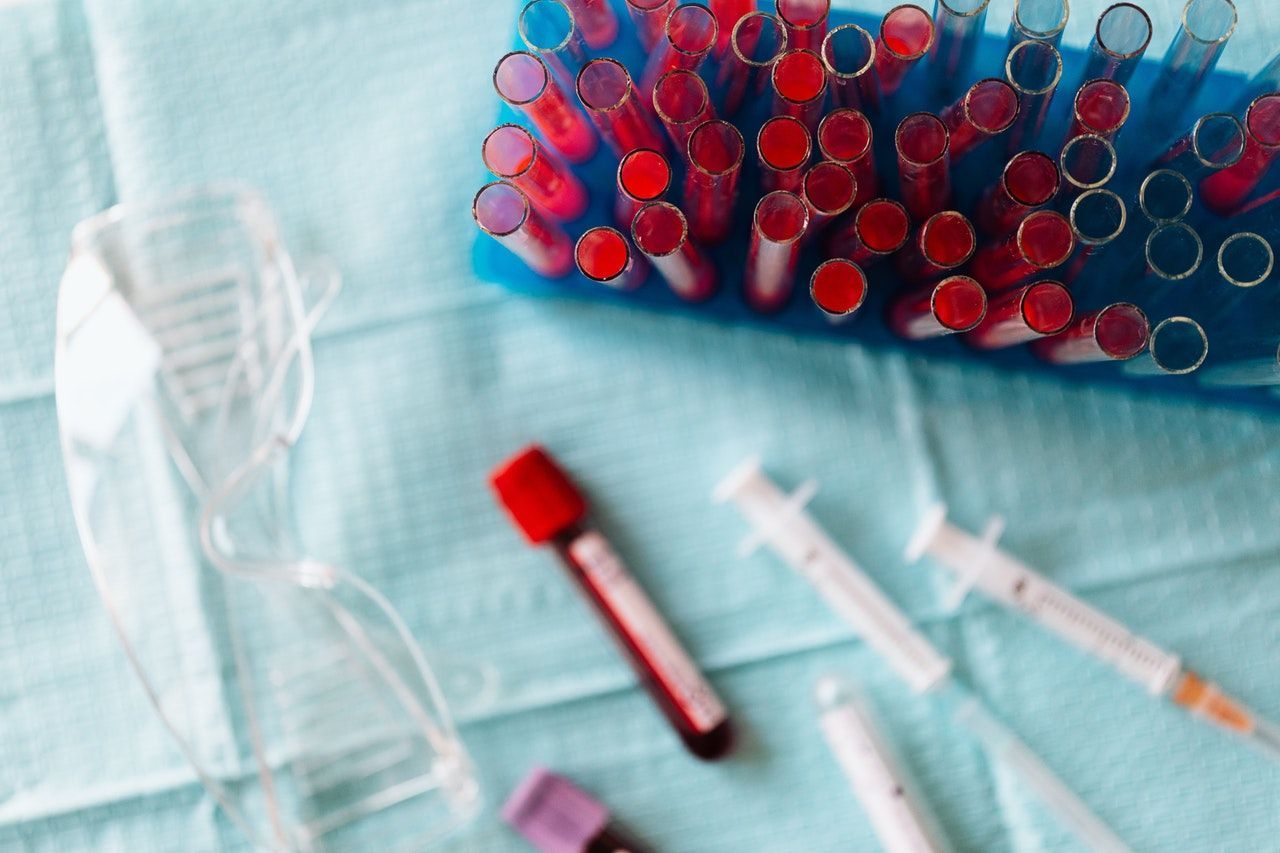
Nasogastric (NG) Tube insertion
Nasogastric tube (NG) insertion essentially involves placing a plastic tube in through the patient's nose and in to their stomach. The main purposes of this are for feeding/medication or for free drainage. Often patients who have bowel obstructions will be kept nil by mouth and given an NG tube to drain the stomach content. While patient's that are very poorly in ITU who are unable to eat will get a feeding tube to help maintain their nutritional status.
Indications and Contraindications
- Wide bore NG (e.g Ryle’s)
Emptying of stomach content – secondary bowel obstruction.
- Fine bore NG
Nutritional input e.g patient NBM (fine bore).
Contraindication
- Basal skull fracture
- Facial/oropharyngeal trauma
- Caution in the following patients (d/w seniors):
- oesophageal varices
- coagulopathy.
Equipment
- Gloves + Apron
- NG tube ( appropriate size)
- Lubricant jelly
- Glass of water with straw
- Bowl
- Drainage bag
- Adhesive tape
Introduction
- Wash hands
Wash your hands using the Ayliffe technique
2. Introduce yourself
Introduce yourself and give your name and grade
3. Check patient details
Clarify patients identity by confirming their name and asking for their DOB
4. Describe examination
Explain what examination you are performing and what this involves
5. Gain verbal consent
Pre-Procedure
- Ensure adequate patient position - sat up in chair/bed.
- Measure length of tube from nostril → angle of jaw → xiphisternum. This will give you an estimate of how far to insert.
- Wash hands and glove up
Procedure
- Lubricate NG with the jelly insert in to nostril,
- Advance towards occipital region (back of head)
- Continue to advance NG tube.
- If slight resistance felt, advance in a twisting motion but do not force it if this doesn’t help.
- Check in the patient’s mouth to ensure NG is not coiling up.
- Once tube reaches the back of their throat, ask them to take a sip and advance as they swallow.
- Continue to the measured mark from earlier.
- Secure with tape around nostril and attach drainage bag.
Confirmation
End of Procedure
1. Thank patient
Let the patient know you have finished examining them and thank them for their time. Be courteous.
2. Accurate documentation
Document in the patient’s notes (most wards have NG stickers) Date, time, indication, location, complications and confirmation modality. It is important to inform the nursing staff NOT to use the NG until the CXR has been done and confirmation given, if awaiting xray.
Complications
- Patient discomfort
- Epistaxis
- Oesophageal inflammation
- Oesophageal/gastric perforation
- Misplacement → Lungs.
Top Tips
- Place NG in fridge for 20 minutes prior to procedure, this hardens it and makes it easier to pass.
- If difficulty passing NG tube, consider passing it orally if the patient is unconscious (ITU).
- After passing NG document this in notes including the type of tube, time passed and when position checked on CXR. Inform nursing staff as soon as satisfactory so they can start feeds.
- Try the other nostril if unsuccessful at first.
- Sometimes keeping the NG tube in the fridge helps stiffen them, making it easier to pass.
- Add more lube!
- Seek senior help if struggling.
Doctor Khalid Newsletter
Join the newsletter to receive the latest updates in your inbox.




